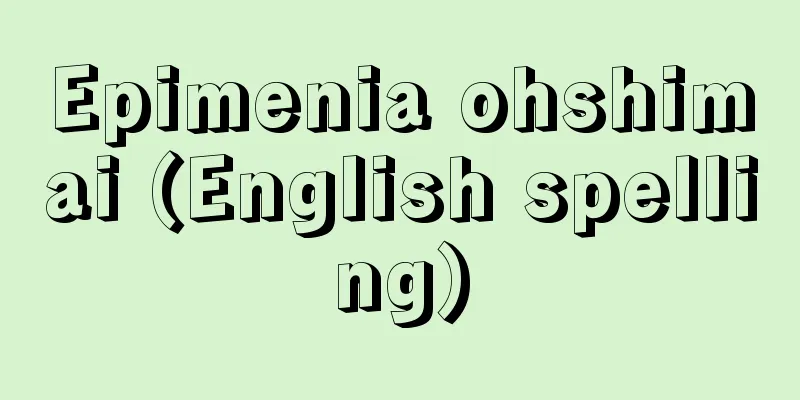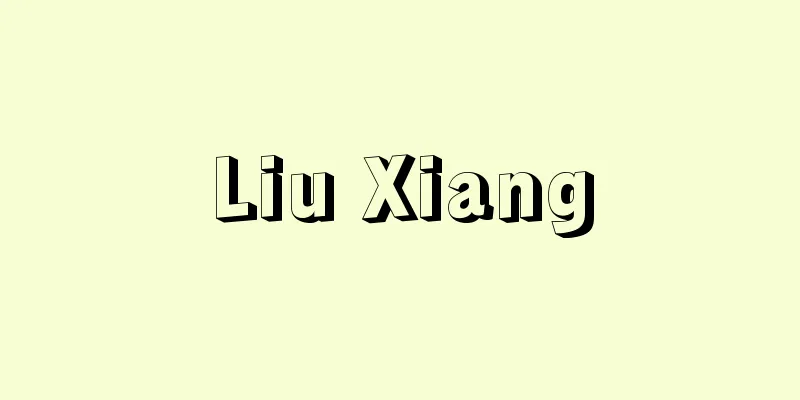The Kansei era ban on heretical learning

|
In the late Edo period, as part of the Kansei Reforms, the shogunate regulated learning. In May 1790 (Kansei 2), the shogunate instructed the head of the university, Hayashi Nobutaka, to study only the correct Neo-Confucianism at Shoheiko, and to prohibit other learning, that is, learning other than Neo-Confucianism. This is called the Kansei Prohibition of Heterogenous Learning. Since its establishment, the Edo Shogunate made Confucianism, especially Zhu Xi's, the basis of feudal education. However, many people soon became dissatisfied with Zhu Xi's education, which did not match the trends of the times, and other schools of study became popular, such as Yangmingism, a practical Confucianism that preaches "the unity of knowledge and action," the ancient school that seeks to clarify the true spirit of Confucius and Mencius by directly studying their scriptures, and even the eclectic school that advocates freedom of academic research without being biased towards either school. On the other hand, the Hayashi family, which was the center of the Shogunate's educational system, did not produce talented people, and Zhu Xi's education continued to decline. Matsudaira Sadanobu, a senior councilor who led the Kansei Reforms, responded to this situation by promoting Zhu Xi's education in order to rebuild feudal education, and he carried out a ban on other schools of study in order to clearly position it as an official school. The shogunate appointed such Confucian scholars as Shibano Ritsuzan, Okada Kansen, and Bito Jishu, and furthermore adopted the third son of Matsudaira Norimori, lord of Iwamura Domain in Mino, into the Hayashi family after Nobutaka's death, appointing him head of the university (he was called Hayashi Jussai), and promoted educational reform at Shoheiko Academy, thus strengthening the educational system. The ban on alternative schools was strictly an internal regulation of the shogunate and was not forced on the various domains, but Tsukada Taiho, Toshima Hoshu, Kameda Hosai, Yamamoto Hokuzan, Ichikawa Kakumei and others strongly opposed the ban on alternative schools and were even called the "Five Demons of Alternative Schools." However, despite this opposition, it is an undeniable fact that Neo-Confucianism was somewhat revived thanks to the Shogunate's generous protection. It should be noted that the ban on alternative schools was not limited to the above-mentioned academic control, but was also intended to foster a group of feudal bureaucrats loyal to the Shogunate by conducting an academic examination based on Neo-Confucianism, i.e., the civil service examination. [Makoto Takeuchi] "Shohei School and Domain Schools" by Yoshio Wajima (1962, Shibundo) " The Eclectic School and Educational Control" by Yasuyoshi Kinugasa (included in "Japanese History 12: Early Modern Period 4", 1963, Iwanami Shoten) Source: Shogakukan Encyclopedia Nipponica About Encyclopedia Nipponica Information | Legend |
|
江戸後期、寛政の改革の一環として行われた学問統制。1790年(寛政2)5月、幕府は大学頭(だいがくのかみ)林信敬(のぶたか)に対し、昌平黌(しょうへいこう)においては正学たる朱子(しゅし)学のみを講究し、異学すなわち朱子学以外の学問は禁ずる旨を達した。これを寛政異学の禁という。 江戸幕府は成立以来、儒学とくにそのうちでも朱子学を、封建教学の根本とした。しかしやがて、時代の趨勢(すうせい)にマッチしない朱子学に飽き足らぬ人々が多くなり、「知行合一(ちこうごういつ)」を説く実践的な儒学である陽明学や、直接に孔子、孟子(もうし)の経典を研究することによってその真の精神を明らかにしようとする古学派や、さらには、いずれの学派にも偏せず学問研究法の自由を主張する折衷派など、朱子学以外の学問が盛んになった。これに対して、幕府の教学体制の中心である林家(りんけ)には人材が出ず、朱子学は衰える一方であった。寛政の改革を主導した老中松平定信(さだのぶ)は、このような情勢に対処して、封建教学再建のために朱子学を振興し、これを官学として明確に位置づけるために異学の禁を断行したのである。幕府は朱子学者の柴野栗山(しばのりつざん)、岡田寒泉(かんせん)、尾藤二洲(びとうじしゅう)らを登用し、さらに美濃(みの)岩村藩主松平乗薀(のりもり)の三男乗衡(のりひら)を、信敬没後の林家の養子に迎えて大学頭に任じ(林述斎(じゅっさい)という)、昌平黌の学制改革を推進させるなど、教学体制の強化を図った。異学の禁は、あくまでも幕府内部の規制であり、諸藩に強制したものではなかったが、冢田大峯(つかだたいほう)、豊島豊洲(ほうしゅう)、亀田鵬斎(ほうさい)、山本北山(ほくざん)、市川鶴鳴(かくめい)らは異学の禁に強く反対し、「異学の五鬼」とさえ称された。しかしこうした反対にもかかわらず、幕府の手厚い保護により朱子学がいささかなりとも復興したことは否めぬ事実である。なお、異学の禁は、以上のような単なる学問統制にとどまらず、朱子学による学問吟味=官吏登用試験を行うことによって、幕府に忠実な封建官僚群を育成しようとするものでもあった点が注目される。 [竹内 誠] 『和島芳男著『昌平校と藩学』(1962・至文堂)』▽『衣笠安喜著『折衷学派と教学統制』(『日本歴史12 近世4』所収・1963・岩波書店)』 出典 小学館 日本大百科全書(ニッポニカ)日本大百科全書(ニッポニカ)について 情報 | 凡例 |
Recommend
Masticophis flagellum (English spelling)
… [Takahiro Matsui]. … *Some of the terminology t...
Astrakhan Dynasty - Astrakhan Dynasty
…They invaded the settled areas of Mawarannahr an...
Amati, N. - Amati
…His two sons Antonio (c. 1540-c. 1600) and Girol...
Dinner - Dinner (English spelling)
A formal Western dinner. Originally it referred t...
Radius
The forearm is made up of two bones. When the bod...
RAPP - Rap
A literary organization in the Soviet Union. Its o...
Reed Hut - Ashinokariho
...He later became known as Hikorokuro and his pe...
Castaneda, C. (English spelling)
...In a modern civilization where human alienatio...
Altdorf - Altdorf (English spelling)
The capital of the canton of Uri in central Switz...
Ecuador - Ecuador (English spelling)
A country in the northwest of South America. Its ...
Urban, M. - Urban
…Prague, the capital of Czechoslovakia (now the c...
Gynura bicolor - Gynura bicolor
A perennial plant of the Asteraceae family, native...
Oxygenase - Oxygenase
A type of oxidoreductase (a general term for enzy...
Salmonella typhi (English spelling)
...So, here we will only cover the first two, whi...
Caesar
…For example, there are Greek basileus, basileōn,...









